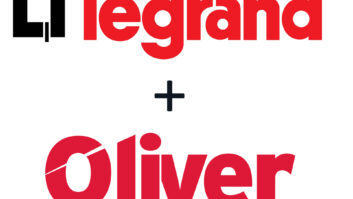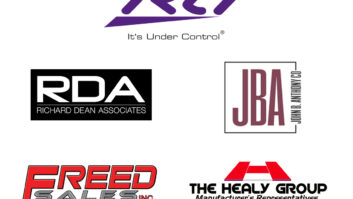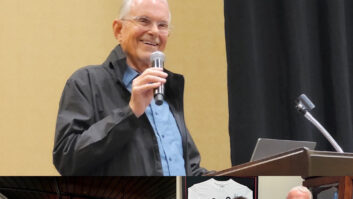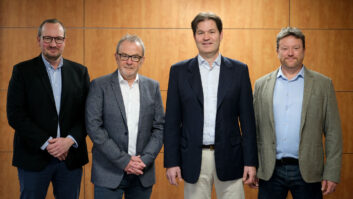LAS VEGAS – ‘We’re in danger of violent agreement.’ This was the unusual sentiment expressed by CNET’s network buying director Steve Fox when it appeared all members of the Wireless Supersession panel agreed that it was products and services, not technology, that would drive cell phone sales in the future.
The wireless industry has been accused of focusing too intently on migration to next generation broadband networks and convergence cell phones that customer needs seem to have been forgotten.
‘It’s not technology but the delivery of compelling products and services that consumers will want to pay for,’ agreed Frank Boyer, VP of procurement for Cingular Wireless.
All the panelists, which included moderator Bill Menezes, editor-in-chief of Wireless Week, Audiovox president and CEO Philip Christopher, VP media systems marketing for RealNetworks Dan Sheehan, and Handspring Joe Sipher VP of marketing, also saw eye to eye on 2002 being a pivotal year for the cell phone. Not only are all the major carriers launching their initial 2.5G/3G networks, but handsets will change radically as well.
‘This is finally the year of the converged device,’ noted Sipher, ‘but I’m not sure what the combination is.’
Most of the panelists agreed that some previous converged combinations were abject failures, such as MP3/cell phone amalgamations from Audiovox and Samsung (‘they sent 60,000 to retailers and still have 70,000 in the warehouse,’ Christopher quipped), and early PDA/cell phone combinations.
The panel’s consensus was that the sum diminished each of the parts. ‘When the phones are improved and the [converged] device is better, that’s when people will start to buy,’ Sipher noted.
Sipher continually held up Handspring’s new Palm PDA phone, Treo, as one of the convergences that may prove successful. Other innovations expected to arrive in force this year include color screens, GPS location-based features including emergency 911 service, improved two-way SMS messaging, more downloadable ringers, improvement in headsets prompted by increasing hands-free legislation, and even cell phones with built-in digital cameras. ‘There are segments of the market that have demonstrated a willingness to pay for certain advancements,’ Christopher said.
But despite faster networks and handset innovations, everyone agreed that voice is and will continue to be the killer app for cell phones. CNET’s Fox reported that the basic Nokia 3360 was the Web site’s leading cell phone seller.
In addition, retailers may shy away from riskier products. ‘In this economy, carriers are under pressure to offer products that offer the most revenue.’
According to Cingular’s Boyle, the future also may be rosier for pre-paid as ‘choice of price plans and handsets [will be] as robust as pre-paid,’ and rougher for analog phones, ‘although analog will continue to be available.’ According to Christopher, analog is down to 20 million users and ‘not many handset makers will make analog models.’













